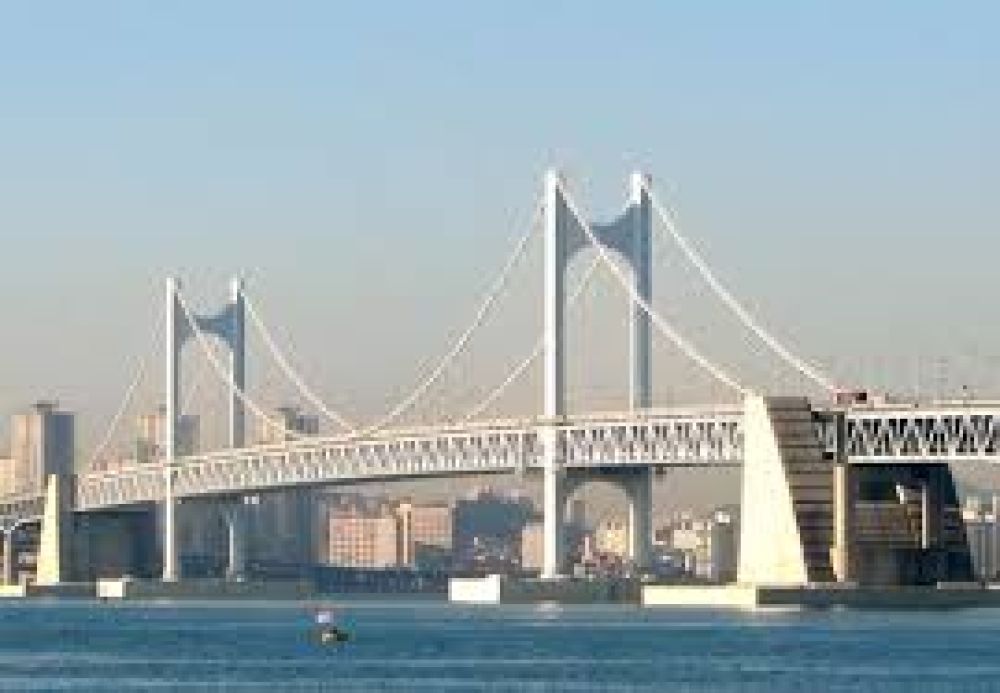

The Gwangan Bridge, also known as Gwangandaegyo, significantly contributes to the skyline of Busan, South Korea. Since its completion in 2002, it has not only served as a major transportation route but also as an iconic landmark for the city. Spanning over 7.4 kilometers, it is the second longest bridge in the country and offers striking views of the coast and the city, making it a favorite subject for photographers and a popular backdrop for fireworks festivals.
Tourism in the area around Gwangan Bridge began to flourish shortly after the bridge's completion. Initially, the bridge itself was a feat of engineering that attracted locals and visitors alike. Its elegant design and the breathtaking vistas of the surrounding marine environment made it a must-see location for anyone visiting Busan.
Over time, the areas around the bridge, especially Gwangalli Beach, have developed into vibrant hubs of entertainment and leisure, further boosting tourism. The bridge's illumination at night, featuring an array of colorful lights, has cemented its status as a nightly spectacle and a romantic venue.
In recent years, tourism trends around Gwangan Bridge have evolved with the advent of social media and the pursuit of unique experiences. Many tourists now seek out the best spots for Instagram-worthy photos, especially during the annual Busan Fireworks Festival, which has become one of the most photographed events in the region.
The bridge has also been featured in various Korean dramas and movies, which has attracted fans from around the world, keen to visit filming locations of their favorite scenes. Busan's government has capitalized on this trend, providing maps and information about these sites to tourists.
In addition, there is a growing interest in eco-tourism and outdoor activities. Visitors can enjoy nighttime cruises that provide an exceptional view of the illuminated bridge from the water. The pedestrian walkways and bicycle paths along the beachfront allow for more intimate experiences of the local environment under the shadow of the imposing structure.
The Gwangan Bridge has played a pivotal role in the development of Busan as a tourist destination. The bridge itself is a modern marvel that draws visitors for its architectural prowess and the extraordinary views it provides. As Busan continues to grow and attract international attention, Gwangan Bridge stands as a testament to the city's dynamic blend of nature, technology, and culture.